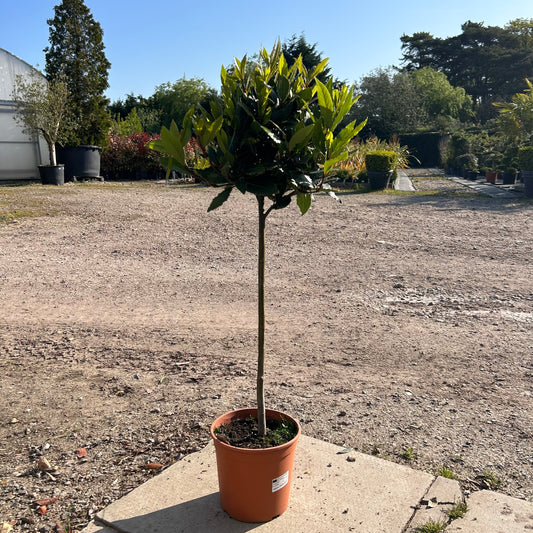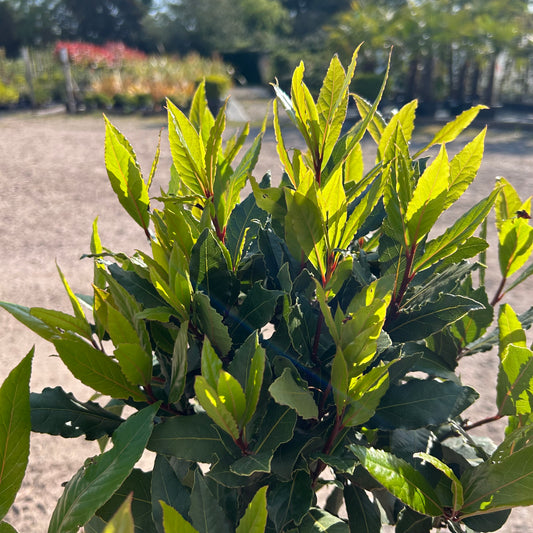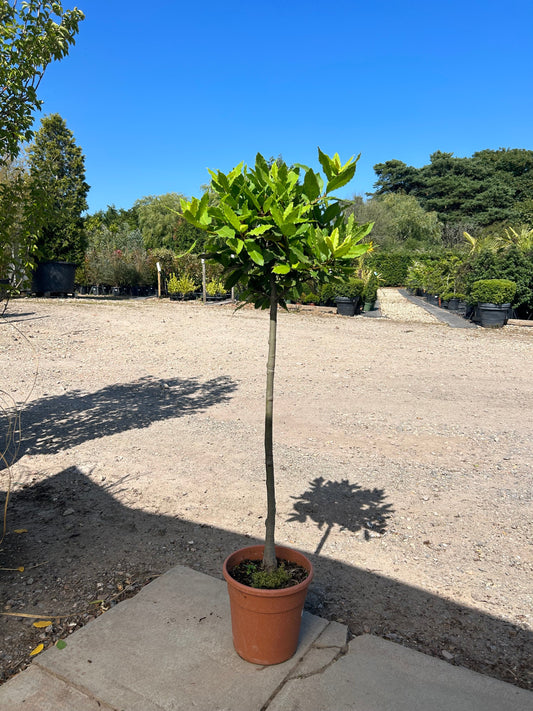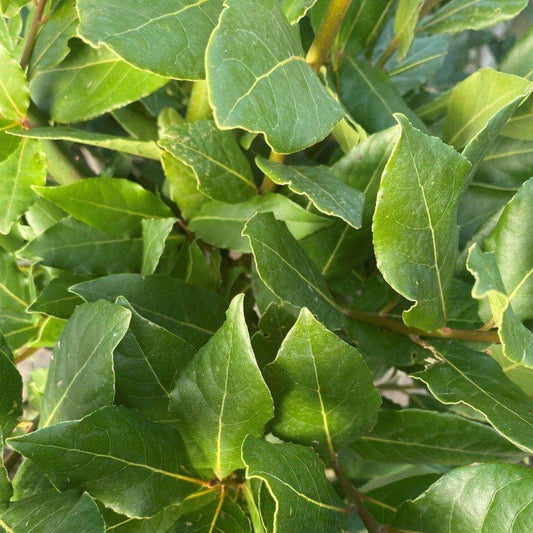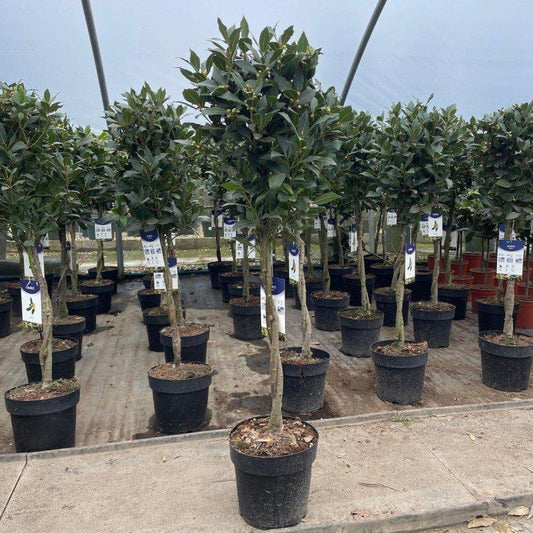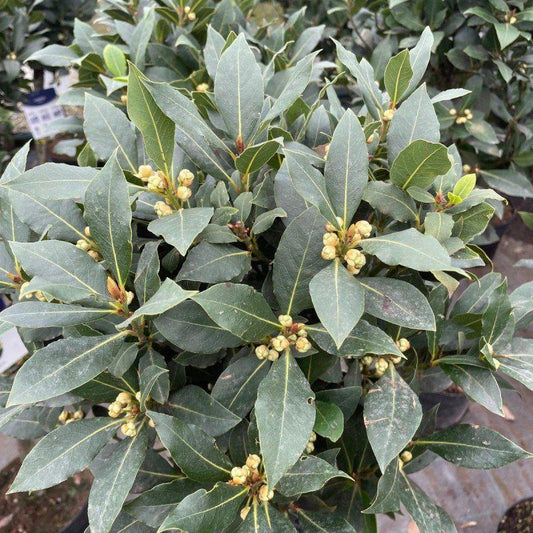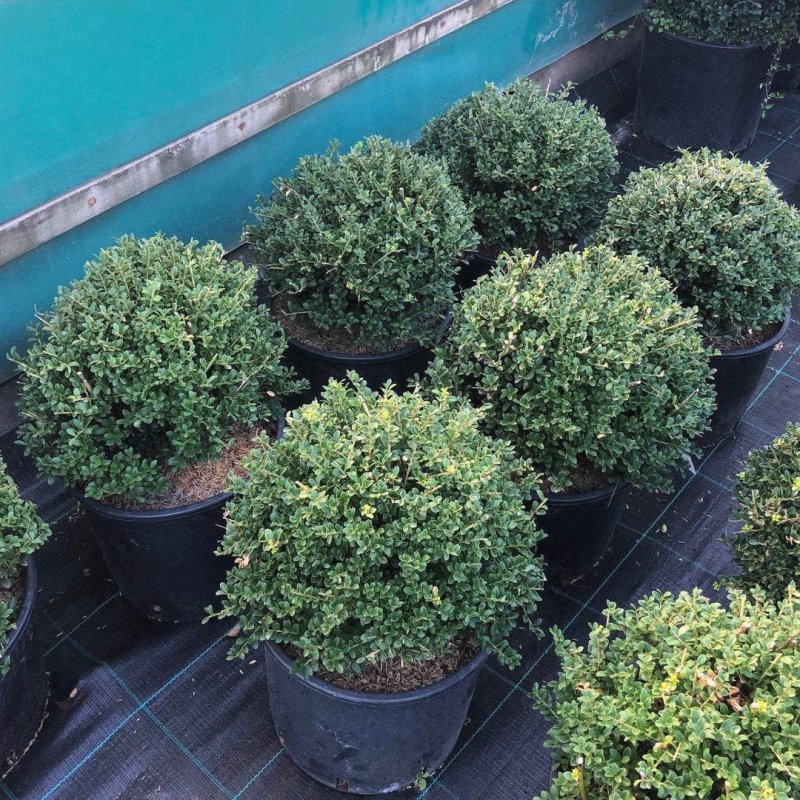Inside this Article:
- Introduction
- What is Ilex Crenata?
- Varieties of Ilex Crenata
- Optimal Soil Conditions
- Sunlight and Shade Requirements
- Ideal Watering Practices
- Fertilizing Ilex Crenata
- Pruning and Shaping
- Winter Care and Protection
- Pest and Disease Management
- Planting and Propagation
- Common Growth Problems and Solutions
- Landscape Uses and Design Ideas
- FAQs
Introduction
Ilex crenata, known as Japanese Holly, is a beloved evergreen shrub in many gardens. Its small, glossy leaves and the ability to form dense, compact shapes make it a favorite for hedges, topiaries, and general landscaping. Understanding the nuances of caring for Ilex crenata is key to enjoying its full beauty.
What is Ilex Crenata?
Ilex crenata, or Japanese Holly, is a dense, slow-growing shrub that belongs to the holly family. Originating from Japan, Korea, and parts of Russia, this plant is notable for its small, dark green leaves that resemble boxwood. It's a popular choice for gardeners looking for a boxwood alternative, offering greater disease resistance and adaptability.
Varieties of Ilex Crenata
Among the Ilex crenata varieties, 'Convexa' is known for its convex leaves and dense growth, making it perfect for hedges. 'Sky Pencil' stands out with its unique, columnar form, ideal for narrow spaces. 'Helleri' is a dwarf variety, suitable for small gardens or as a ground cover.
Optimal Soil Conditions
The ideal soil for Ilex crenata is well-draining and rich in organic matter. A slightly acidic to neutral pH level is preferred. Good soil ensures adequate nutrient uptake and prevents issues like root rot.
Sunlight and Shade Requirements
This shrub performs best in full sun to partial shade. While it's adaptable to various light conditions, too much shade can lead to leggy growth and a reduction in foliage density.
Ideal Watering Practices
Ilex crenata needs regular watering, especially in the absence of rain. The goal is to maintain evenly moist soil, allowing the top inch to dry out slightly between waterings. Overwatering can lead to root problems, while under-watering can stress the plant.
Fertilizing Ilex Crenata
A balanced, slow-release fertilizer applied in early spring and again in fall promotes healthy growth. It's important not to overdo it, as too much fertilizer can damage the roots and foliage.
Pruning and Shaping
Pruning is crucial for maintaining the shape and health of the shrub. For hedges, trimming a few times a year keeps them neat. Topiary forms require more frequent pruning to maintain their shapes.
Winter Care and Protection
In regions with harsh winters, mulching around the base of the shrub can protect the roots from freezing temperatures. Wrapping the shrub in burlap can help shield it from wind and heavy snow.
Pest and Disease Management
Common pests like scale insects and challenges like leaf spot can be managed with regular inspections and appropriate treatments. Natural remedies or pesticides can be used, depending on the severity.
Planting and Propagation
When planting Ilex crenata, space the plants according to their mature size to avoid overcrowding. For propagation, cuttings taken in summer root well and maintain the characteristics of the parent plant.
Common Growth Problems and Solutions
Yellowing leaves may indicate poor drainage or nutrient deficiencies. Ensuring well-draining soil and balanced fertilization can help. Stunted growth might require a check on root health or a change in watering practices.
Landscape Uses and Design Ideas
Ilex crenata's versatility allows it to be used in various landscaping designs. It's excellent for formal hedges, specimen plants in garden beds, or in containers for patios and balconies.


